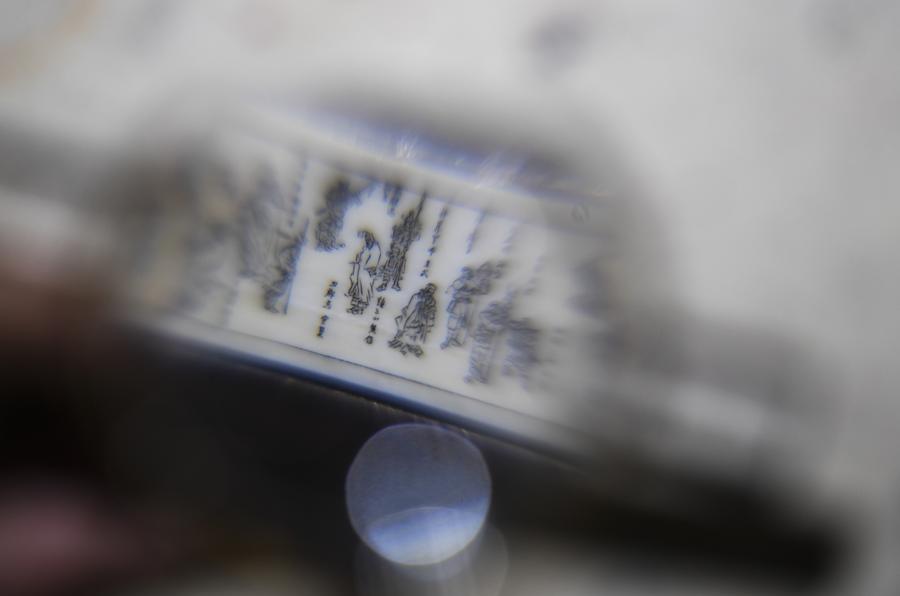
“It is essential for Turkish miniature art, which is experiencing a revival, to engage with Chinese civilization, a culture with an unbroken artistic tradition,” said a Turkish miniature artist.
ISTANBUL, Dec. 28 (Xinhua) — Chinese miniature art, with its uninterrupted centuries-old tradition, could play a key role in revitalizing this ancient craft in modern Türkiye, said Turkish miniature artist Zeynep Tug.
Tug has created a miniature piece inspired by the longest night of the year, skillfully blending astronomy with ancient local traditions to capture both the cosmic and cultural significance of this celestial turning point.
The artist said Ottoman miniature art is a distinctive style in Ottoman manuscripts, evolving under the influences of Iran, Byzantium, and the Mongols, while also carrying traces of Chinese artistic traditions.
In an interview with Xinhua, she highlighted the numerous similarities between Chinese and Ottoman miniature art, particularly their shared use of symbolic motifs such as birds, lions, peacocks, and horses, which often represent virtues and power.
In addition, both traditions seamlessly blend scientific and astronomical elements in their works, she said. Chinese star maps from medieval times intricately depict celestial bodies and their connections to Chinese beliefs, while Ottoman artists, including Nakkas Osman, Matrakci Nasuh, and Seyit Lokman, created significant works focused on astronomy, visually representing scientific studies and astronomical themes, said Tug.
Tug told Xinhua that Ottoman miniature art was part of the broader Ottoman book arts, which included illumination, calligraphy, marbling, and bookbinding. The production of ornate manuscripts became a prestigious pursuit for the palaces during the 15th century.
“However, in the late Ottoman period (18th century), Westernization led to classical painting replacing miniature art, causing the tradition to vanish and undermining cultural continuity,” Tug told Xinhua.
During the interview, Tug praised Chinese styles and techniques in fields such as ceramics and painting, emphasizing their global influence. She also noted that Chinese miniature art has flourished for millennia and has even influenced Western art.
“Chinese civilization is one of the oldest in the world, known for its many innovations in art and culture,” said Tug, noting that she believes that collaboration between China and Türkiye on joint projects to preserve and promote their shared cultural heritage would be crucial.
“It is essential for Turkish miniature art, which is experiencing a revival, to engage with Chinese civilization, a culture with an unbroken artistic tradition,” she said.■
This post was originally published on this site be sure to check out more of their content





